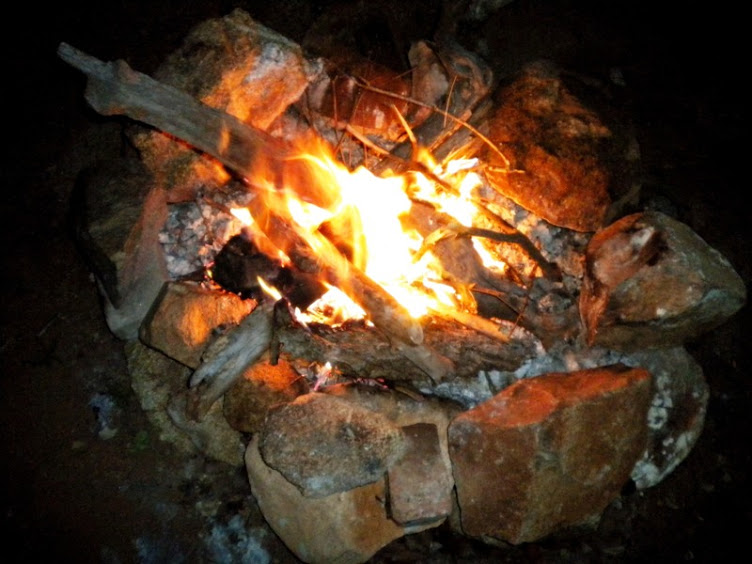EVASIO
INTERFADO PROJECT
INTERNATIONAL FOUNDATION Artecittà
VISUALS: Arlene Rabinowitz
SINGER: Carolina Blavia
LYRICS: Rosa Saureu
ARRANGEMENTS: Pancho Marrodán-Miquel Hortigüela
PIANO: Pancho Marrodán
CLASSICAL GUITAR: Miquel Hortigüela
MUSIC: Agusti Garcia
Images were created with the software Meta SIGCA
INTERNATIONAL FOUNDATION Artecittà
VISUALS: Arlene Rabinowitz
SINGER: Carolina Blavia
LYRICS: Rosa Saureu
ARRANGEMENTS: Pancho Marrodán-Miquel Hortigüela
PIANO: Pancho Marrodán
CLASSICAL GUITAR: Miquel Hortigüela
MUSIC: Agusti Garcia
Images were created with the software Meta SIGCA
Methodology
The video was made by memorizing notes
and translating the sound into shapes provided by Sigca software until the
completion of the video.
The placements of the shapes were intuitively
chosen throughout the video.
Creative listening process
Following numerous listening sessions of
the song, sections were memorized and shapes were introduced to the tones. The
software provides options to manipulate the sizes of the shapes corresponding
to the sound as well as considering the special distance between the shapes in
real time and the shapes and colours then adjusted to the sound. The arrangements
of colour were dependent upon adjusted contrasts and harmonies as in the
musical piece.
The aim on the onset was to use a
technique whereby colour changes occur within the same space, and thereafter,
in different areas that the composition becomes entirely improvisatory.
It was not the goal to create definite
repetitive patterns to the sound but rather make new abstract forms along with
the music to form new integrated expression of graphic design.
A set of visuals was done specifically
for the vocals which were then overlaid on the original video. The still sets
that were collected were arranged into short videos whereby these were overlaid
and superimposed into the final piece.
The Sigca software tools aided the
following:-
-The shapes were intuitively and
improvised to the sound. Each note/tone represented by a shape and distinct
colour.
-The production of a series and sequence
of colour harmonies. The attempt to produce a given colour on the screen to
remain there until succeeded by another to correspond with the length of a note
in the music.
-Introducing repetition for the element
of time.
-Use of glow tool to enhance the shapes
with added light.
-Use of colour tool to make gradual
transformational colour changes.
-Use of pitch to match colour, direction
of shape.
-Exploring the relationships in spatial
direction and placement from each other.
-Each shape made to the tone of the
sound and is continuous to the preceding shape and form.
-Making images to the sound of different
instruments and overlaying them.
-Making an attractive colour scheme that
blends well with the sound.
-Considering the effects of intuition
and emotion from the sound and the visuals.
-Perceptual appearance has the
capability of feeling different colour sensations by adjusting the brightness/glow
of the shapes which affects the intensity of the sensations.
-Perceptual organisation through the use
of irregular geometrical areas and the figures perceived as assemblages by
nearness, similarity, colour compatibility and continuity.
SummaryThe visuals have the power to stimulate emotional sensations and enhance imagination in abstract form. By correlating each sound to an abstract shape, and adding other shapes to the music, one loses all sense of realism. This allows for a fresh start and further increase imagination faculty as well as creative faculties.
The abstract forms allow the mind to generate
inspiration to further creative endeavor of
one’s choice.
Arlene Rabinowitz

No comments:
Post a Comment